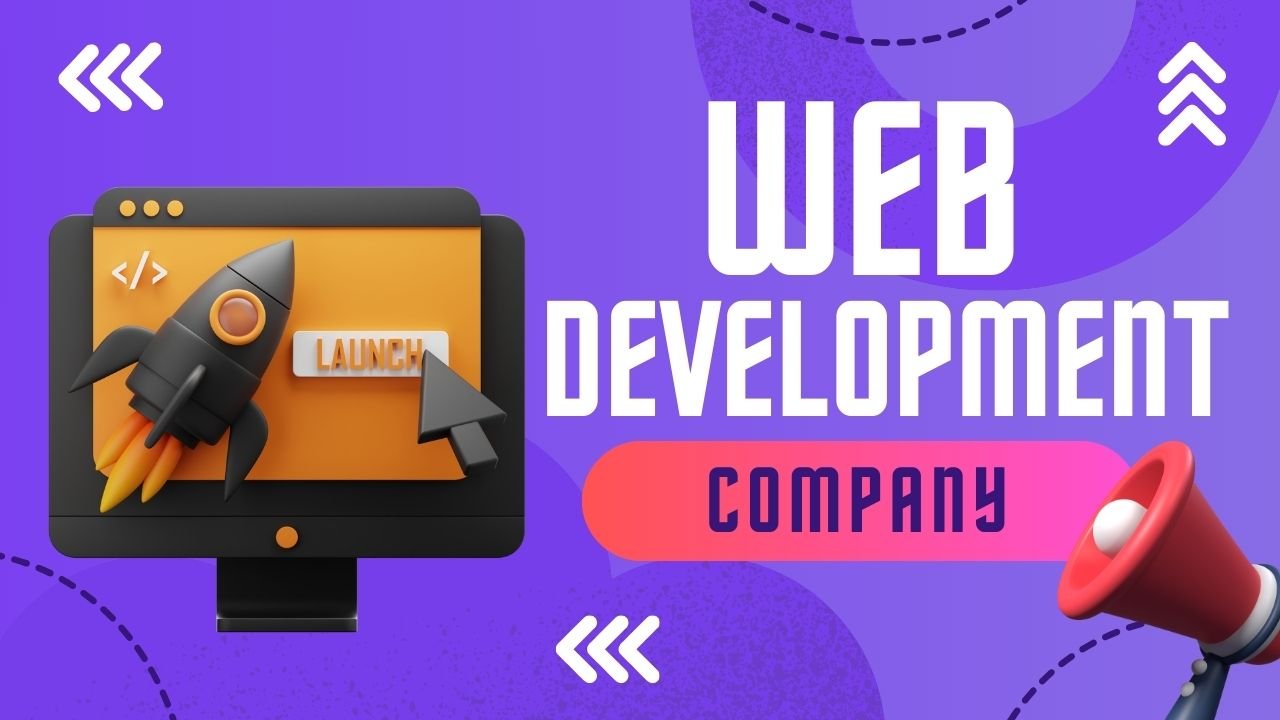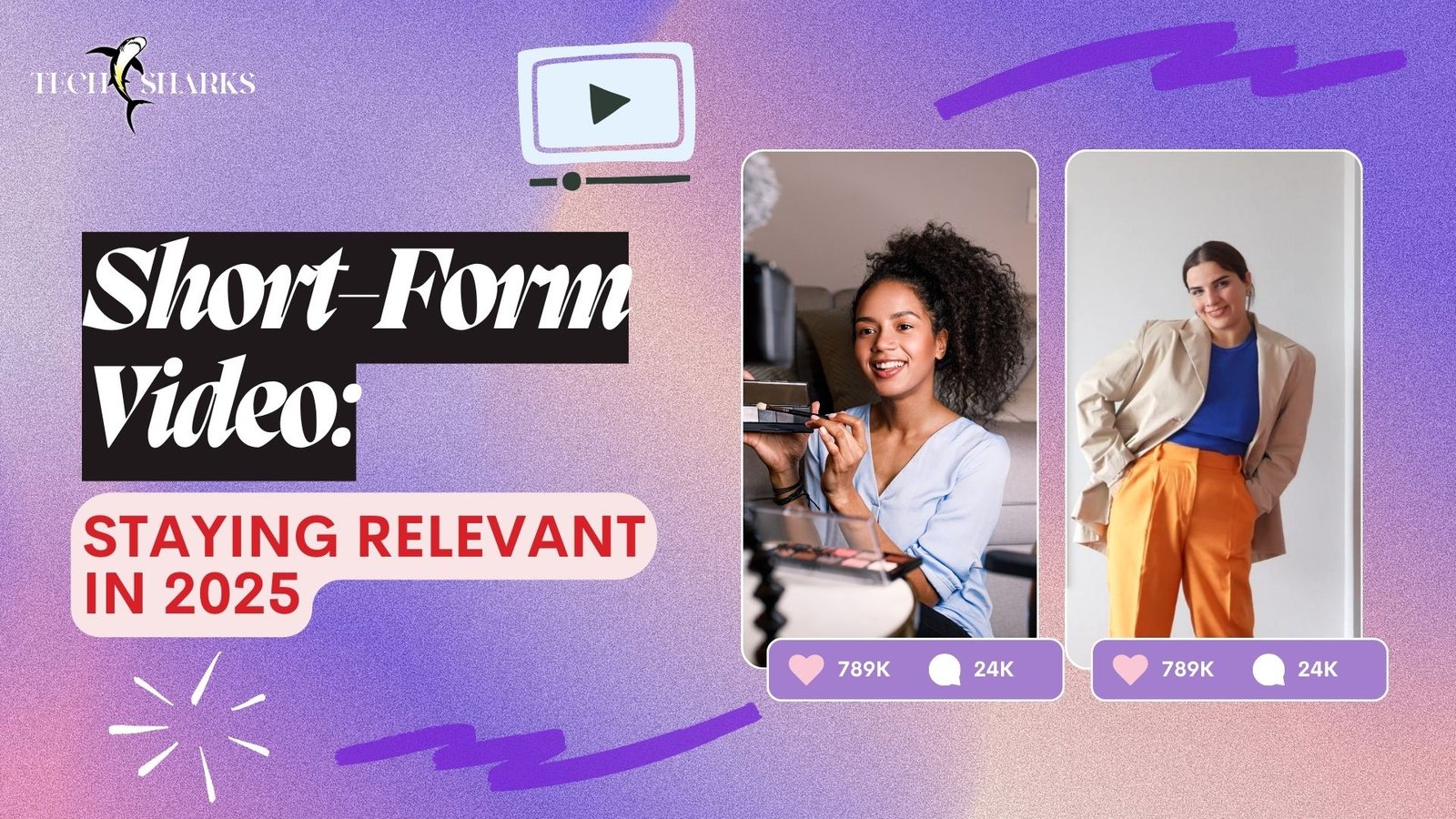Let’s be honest — getting traffic to your website feels like a mini victory. You’ve run the ads, posted on Instagram, maybe even gone viral once or twice. But… then what?
Because here’s the real talk: Clicks mean nothing if they don’t turn into customers.
That’s where a good digital sales funnel quietly works its magic. And if you’ve ever felt like you’re doing all the work and still not seeing sales? This guide is 100% for you.
So… What Exactly is a Digital Sales Funnel?
Okay, picture this.
You walk into a store. You’re not sure if you want anything yet, maybe you’re just browsing. But a few minutes later, you find yourself buying something you didn’t even know you needed. Why?
Because the store made your decision easy — they understood your vibe, answered your questions, and made it feel right to buy.
That’s what a digital sales funnel does for your business.
It’s a step-by-step journey your customers go through — from discovering your brand to becoming a paying customer (and hopefully, a repeat one). And each step of that funnel plays a role in earning their trust.
Most funnels follow this simple flow:
Awareness – They find you. (Thanks, Google or Instagram!)
Interest – They stick around, read, watch, scroll.
Decision – They’re weighing it. “Should I?”
Action – They finally click Buy Now (hallelujah!).
Why You Really (Really) Need One
Let’s say it loud for the people in the back:
A beautiful product without a funnel is like a shop with no signboard.
You could have the most amazing offer in the world — but if you’re not guiding people toward it, you’re losing leads (and money) every single day.
A well-thought-out digital sales funnel:
Attracts the right people (not just random traffic)
Builds genuine relationships (without sounding salesy)
Makes the buying decision feel natural
Increases sales without increasing your ad spend
It’s not just smart marketing. It’s sustainable business.
How to Build a Digital Sales Funnel That Feels Human (and Converts)
1. Start with Understanding Your Audience
Who are they, really?
What’s keeping them up at night? What problem do they desperately want solved?
Forget demographics — go deeper. When you understand your audience like a friend, your funnel will feel less like a sales machine and more like a helpful guide.
2. Create Valuable Top-of-Funnel Content
This is your hello moment. You’re not here to sell — yet. You’re here to help, share, and show up.
Great top-of-funnel content includes:
Blog posts that answer real questions
Quick reels or YouTube videos
Free downloadable guides or checklists
A helpful email newsletter
3. Offer a No-Brainer Lead Magnet
Once they’ve discovered you, give them a reason to stick around.
Think:
A juicy freebie (ebook, cheat sheet, mini-course)
A discount code
A helpful webinar or workshop
Make it easy to say yes. Use a clean landing page, short form, and a bold CTA (call to action). Boom — now they’re in your funnel.
4. Use Email to Build a Relationship
This is where the real magic happens.
Someone gave you their email — don’t just send promos. Send value. Send stories. Send real human connection.
A good email funnel looks like this:
A warm welcome message
Follow-up emails that solve small problems
Gentle product intro
Testimonials, case studies, behind-the-scenes
A clear pitch when they’re ready
Treat their inbox like their home. Be respectful, helpful, and honest.
5. Time the Pitch Right
Don’t jump the gun. Wait until they’re warmed up.
Then show them:
How your offer makes their life easier
Why it works (with real reviews or proof)
What they get (clear benefits > fancy features)
How to buy (simple, no confusion)
Your digital sales funnel should lead them naturally to the product page without pushiness.
6. Don’t Forget What Happens After the Sale
The funnel doesn’t stop when the payment goes through.
Now it’s time to:
Thank them (like, genuinely)
Deliver an amazing experience
Check in with them
Upsell when it makes sense
Ask for feedback or referrals
Customers who feel appreciated come back. And they bring their friends.
A Few Extra Nuggets to Supercharge Your Funnel
A/B test your copy and buttons — sometimes “Let’s Go” performs better than “Subscribe.”
Use retargeting ads — because people get distracted. Remind them.
Track drop-off points — if people bounce at Step 2, fix Step 2.
Final Word (From One Business Owner to Another)
Creating a digital sales funnel is not about tricking people into buying.
It’s about showing up, serving honestly, and guiding your audience like a good friend would. The more human your funnel feels, the more it converts. Period.
So stop worrying about hacks and start focusing on the experience. Map out your funnel today, and keep asking:
“If I were in their shoes, what would I want next?”
That simple mindset shift? That’s where conversions truly begin.




